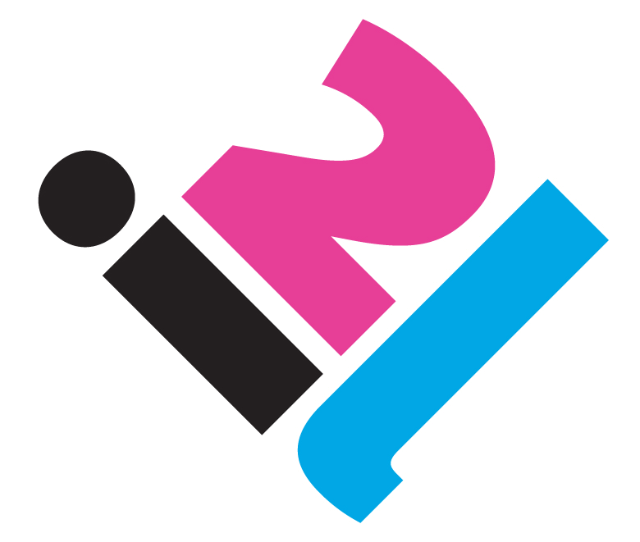A – Z Coaching and Mentoring – This week’s extract from Clare Smale’s book explores ‘relationship power’, the forms it can take and its possible effect on the coaching dynamic.
Don’t forget if you have a special request for a definition of a coaching term or principle, just let us know! Perfect for anyone studying for an ILM Coaching & Mentoring qualification, or as a refresher for experienced coaches.
Rr
Relationship power can be defined as any type of dominance over the client. The personal values and philosophy of the coach are important factors as even a self-aware coach may be unaware of their hidden intentions regarding power. Power is present in all relationships and reflects the ability to influence others and/or to resist the activities of others.
French and Raven (1968) consider there to be a six tier model of social power: ?
- Legitimate – the natural and appropriate hierarchy between coach and client (and possibly the commissioner of the coaching or a senior manager) based on the skills and experience that the coach brings to the relationship. ?
- Expert – the coach imposes their knowledge and expertise on the client. ?
- Reward – giving the client what they want in exchange for the coach receiving something they want – an example could be finishing early because the client has worked hard – rewards can be given or withheld.
- Coercive – forcing the client to do something and possibly using punishment if it’s not done – this is an abusive power which might be combined with one or more of the other types. ?
- Nutrient – inappropriately withholding information or knowledge from the client (or drip-feeding), even when they need it or want it. ?
- Referent – where the client wants to be like their coach and have put them on a pedestal in some way.
Subtle examples of negative power in a coaching relationship include the coach: ?
- Imposing their expertise or authority. ?
- Controlling the degree of challenge and pace of progress. ?
- Having line management responsibilities.
- Choosing an activity or approach with little time for explanation or objections. ?
- Interpreting the coaching conversation without clarifying. ?
- Taking responsibility for solutions.
- Instructing or advising.
- Seeking praise or flattery.
Other abuses of power include sexual relationships and physical or mental abuse.
It is important to be honest about any of the above situations and discuss potential pitfalls and seek agreement about how to coach. Either the coach or the client could be unaware of dominating behaviour and its possible effect on the dynamics of the coaching relationship.
Ultimately, the client is giving permission for the coach to have legitimate power over them and can walk away from the relationship. Transparency, contracting and self-awareness will support the coach to manage the relationship power appropriately.
Taken from the A-Z Coaching Handbook by Clare Smale where you will find a comprehensive A-Z, plus a full list of references.
Contact us for your copy or order through our website. See you next week!





